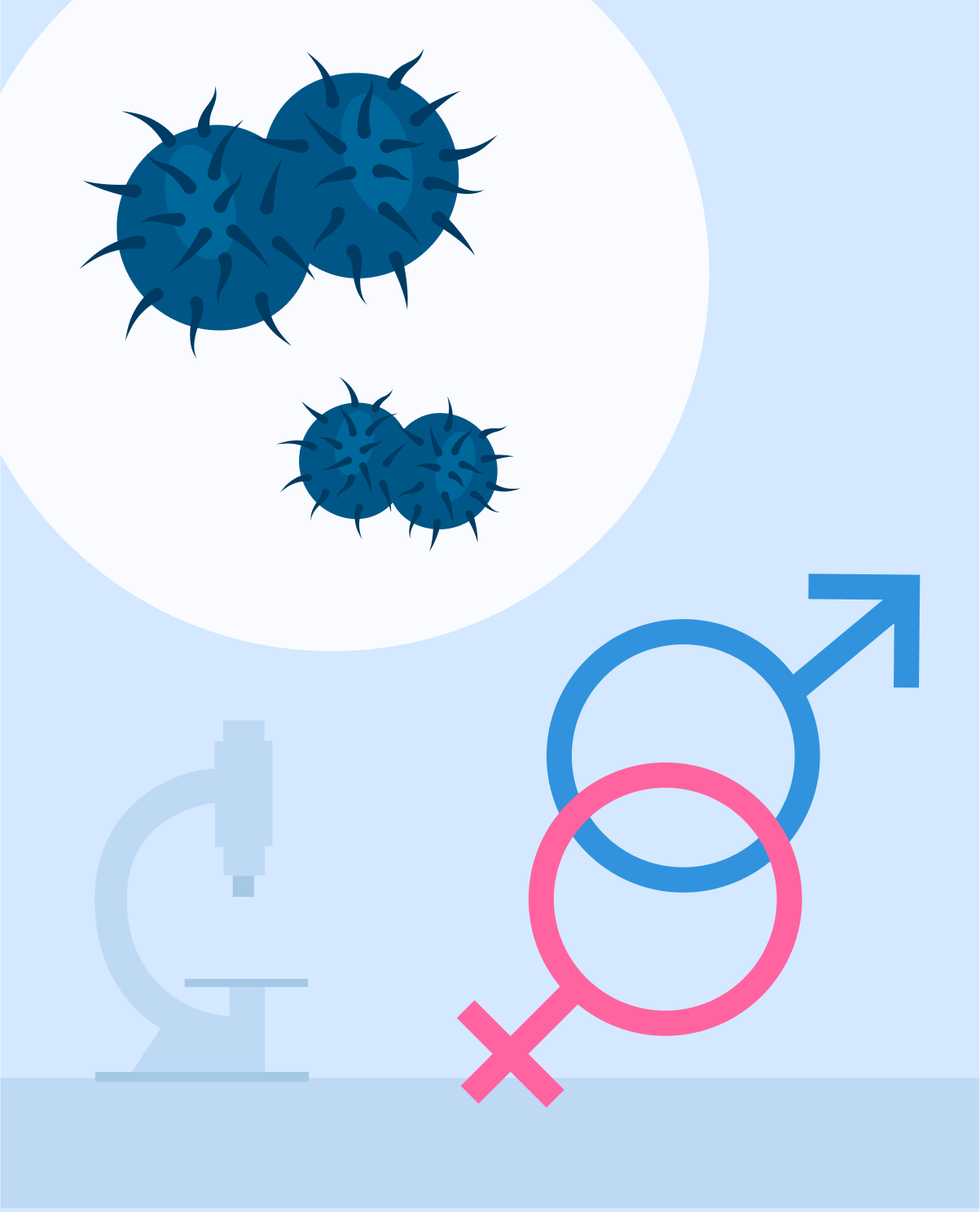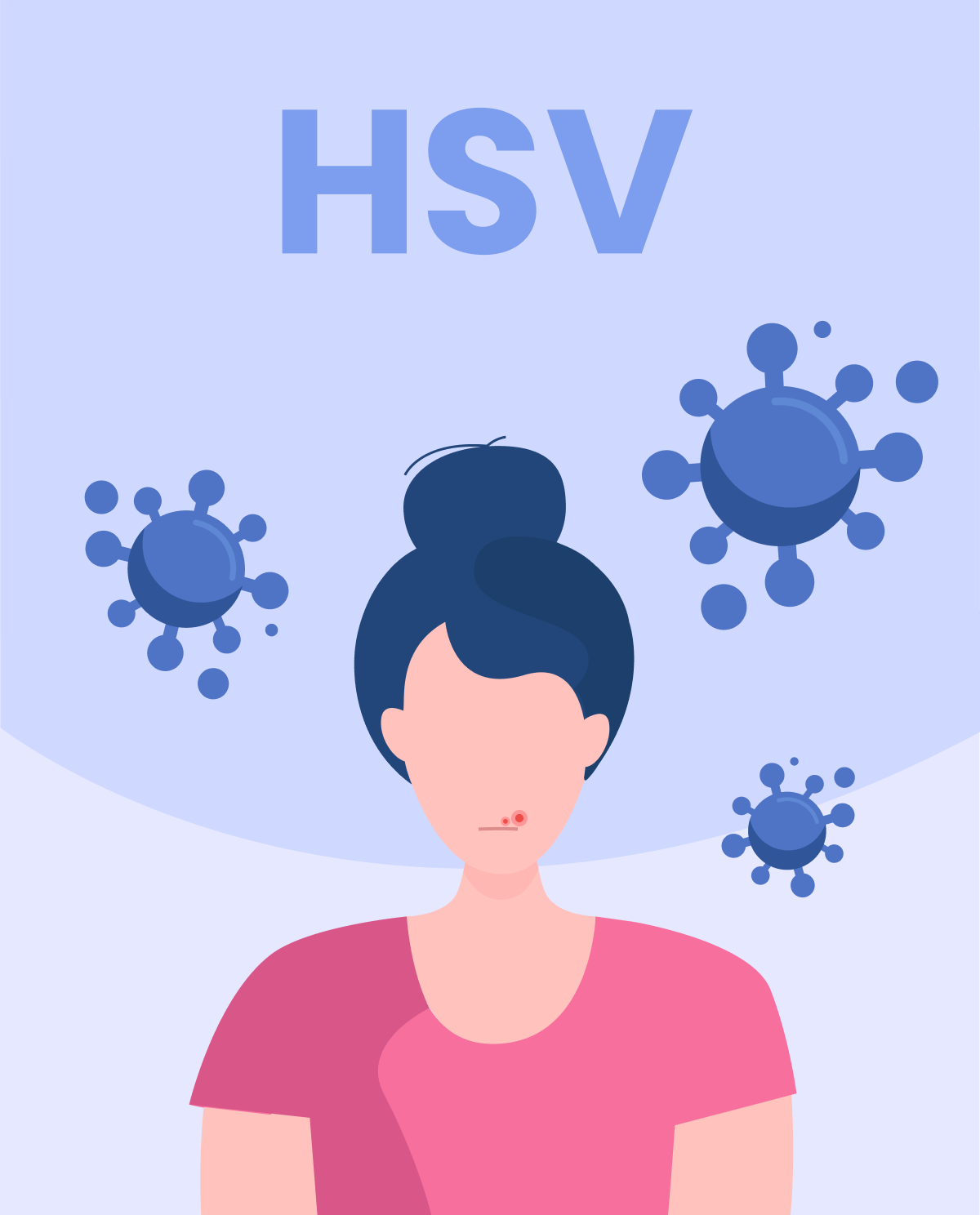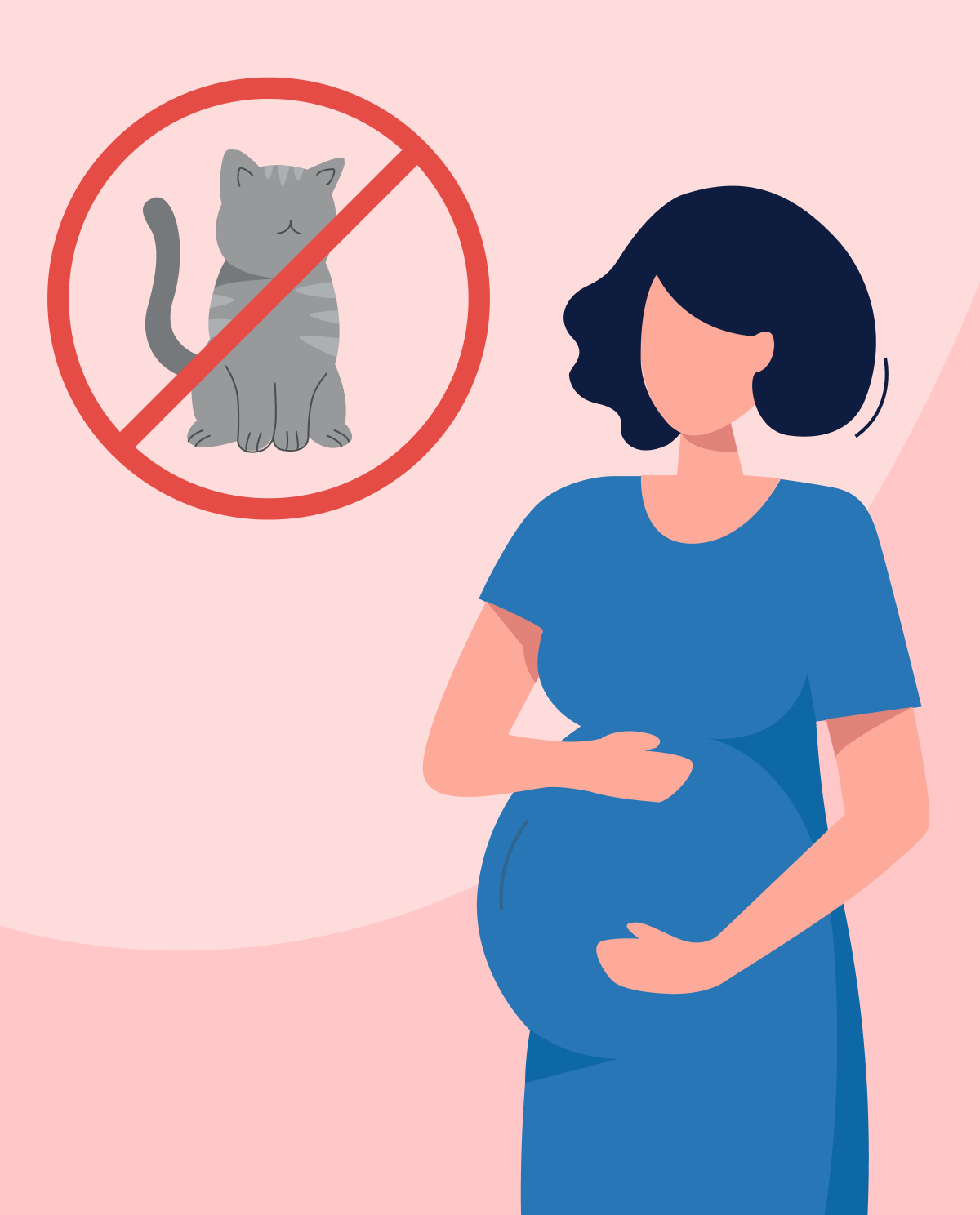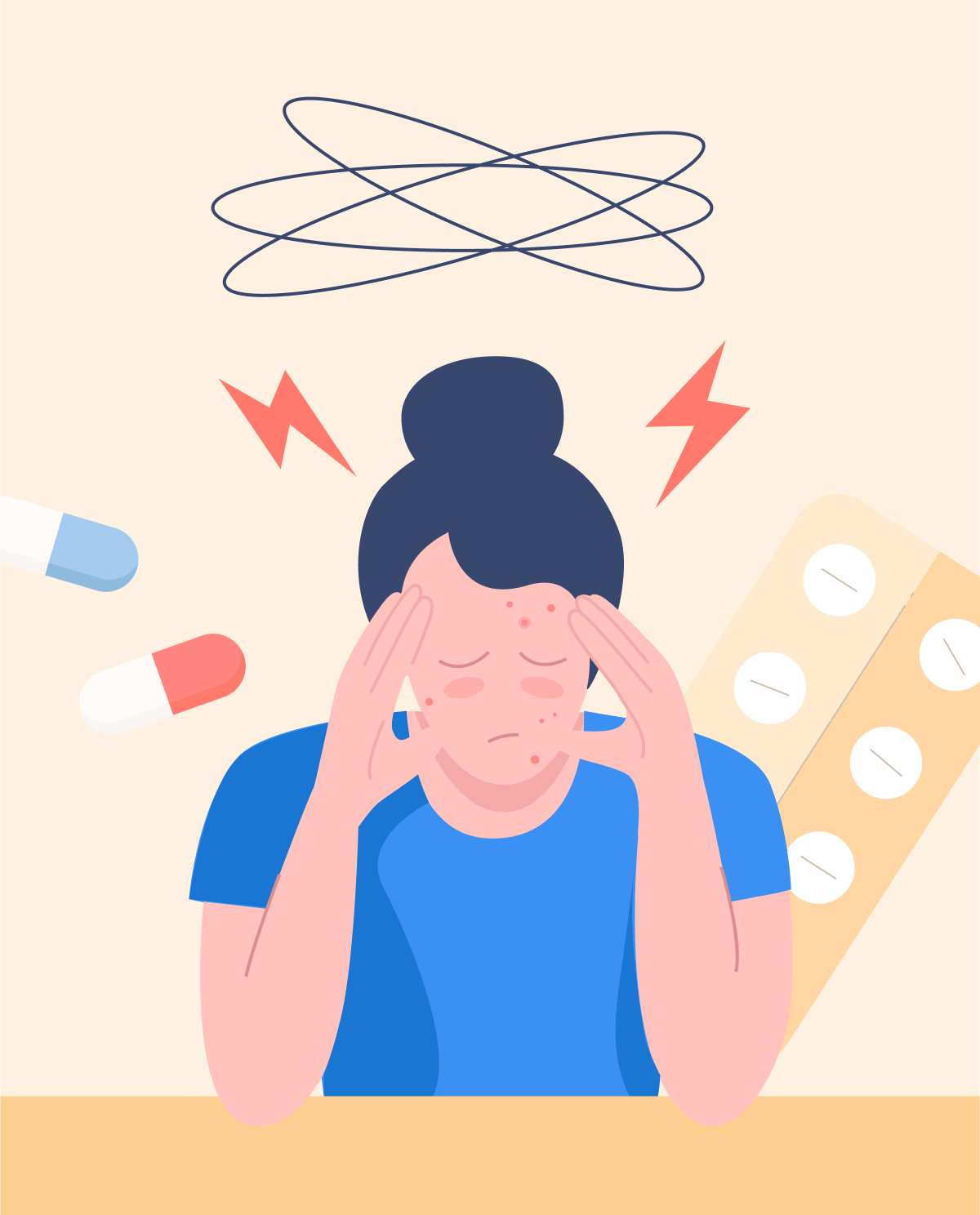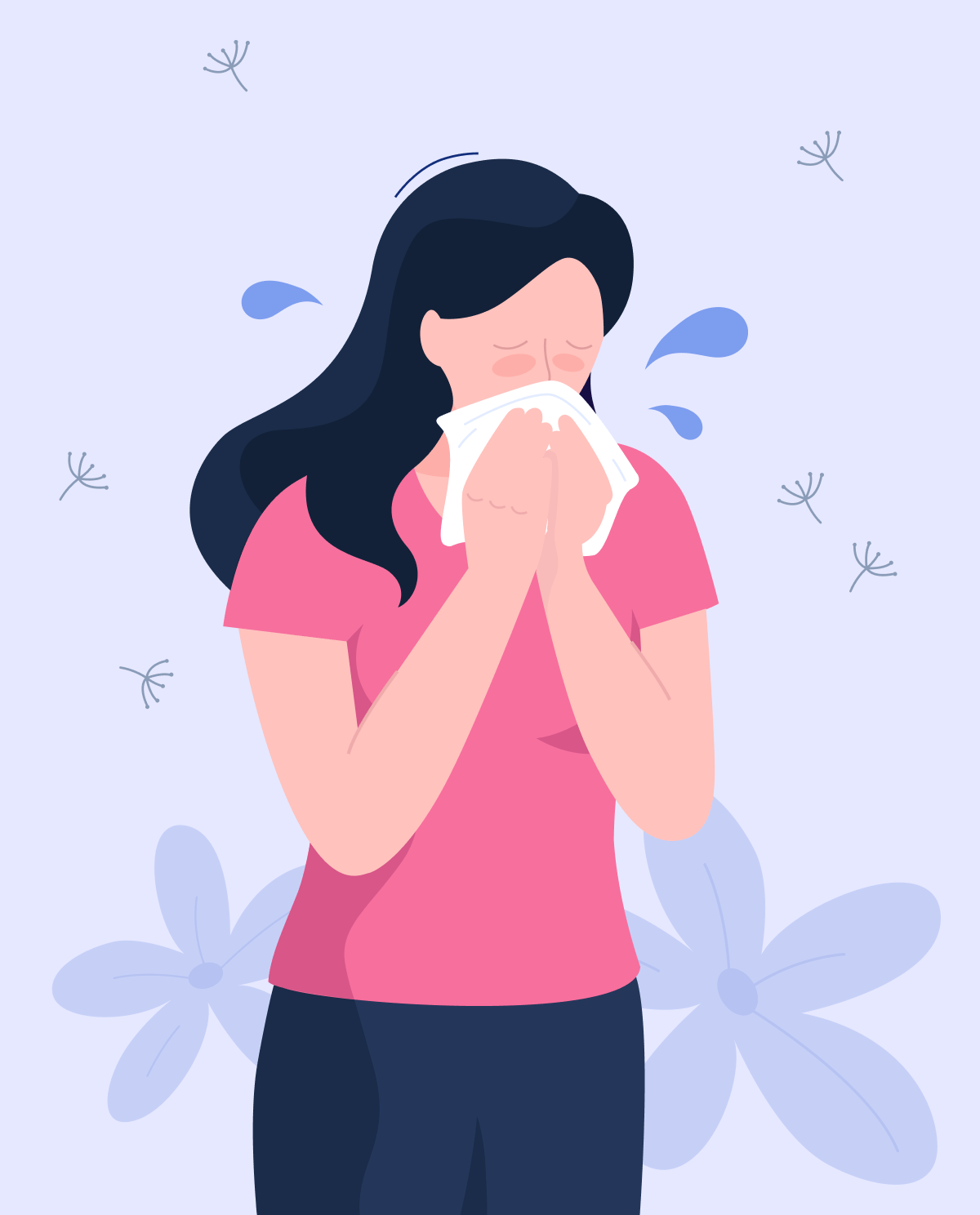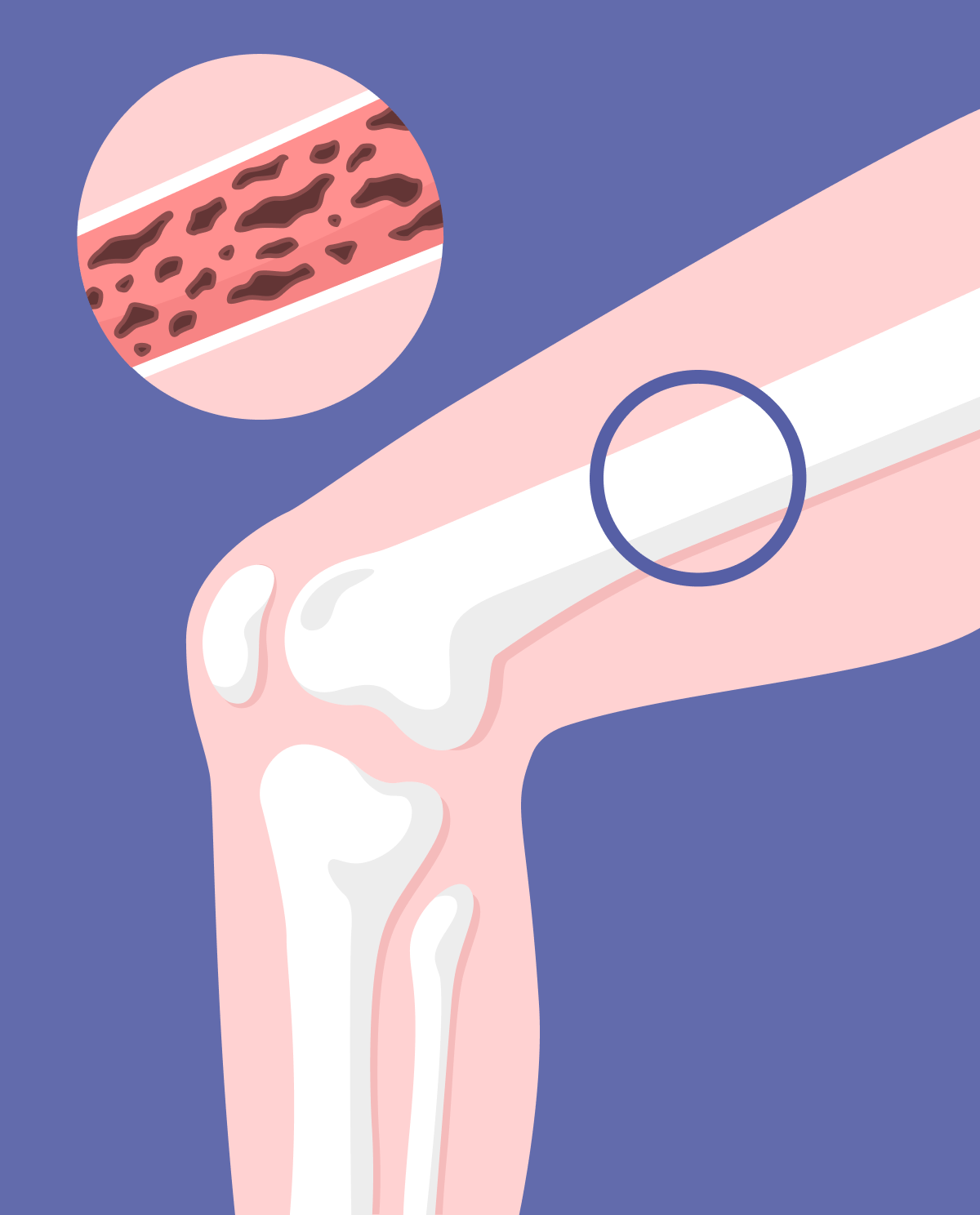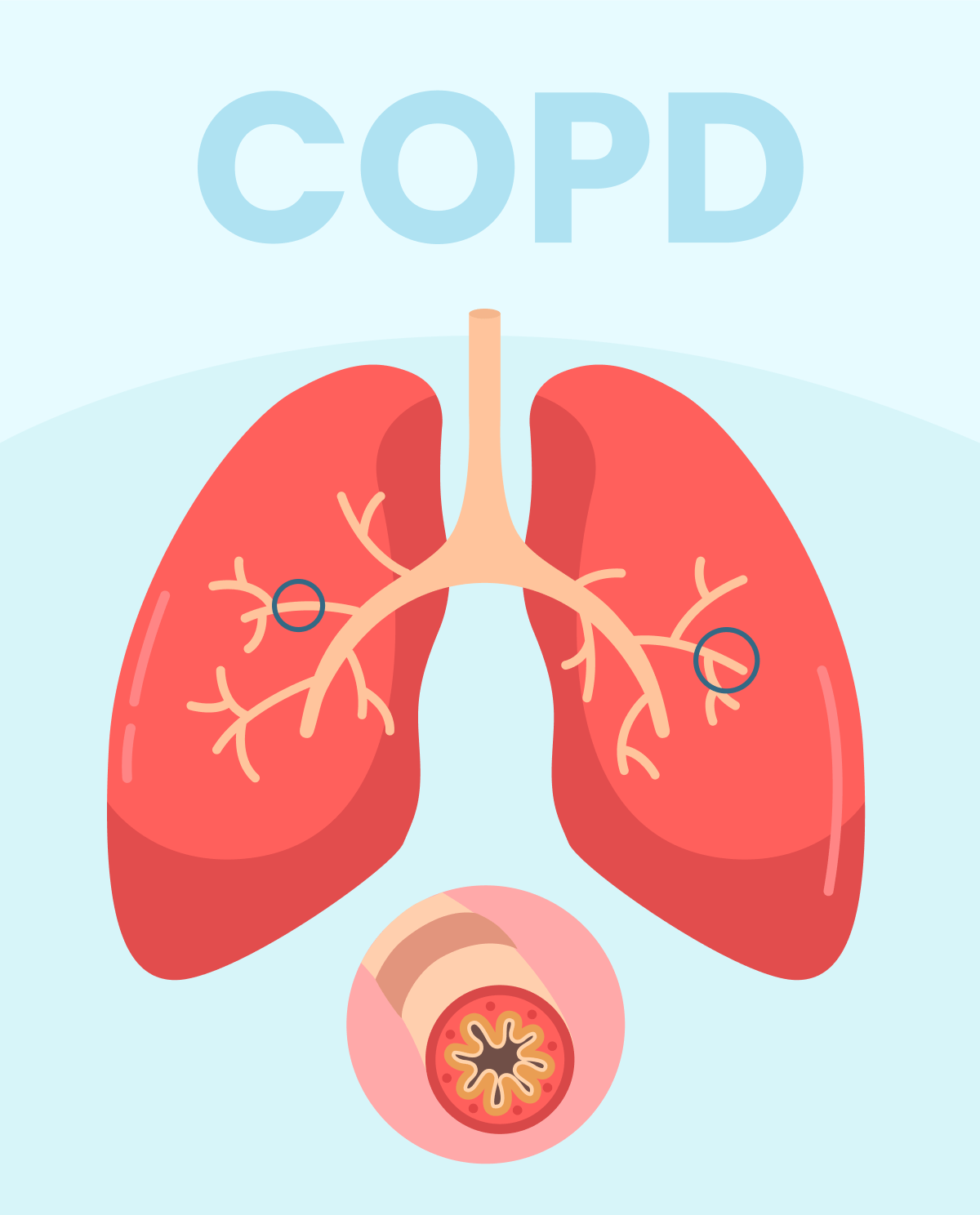Gonorrhea overview
As a sexually transmitted infection (STI) caused by the bacterium Neisseria gonorrhoeae, gonorrhea can infect both men and women and is transmitted through vaginal, anal, or oral sex with an infected person. Gonorrhea can also be passed from an infected mother to her baby during childbirth. Symptoms of gonorrhea can change between men and women. As a very treatable infection, gonorrhea should not be an issue, but if left untreated, it can lead to serious health complications. To reduce the risk of gonorrhea infection, it's important to practice safe sex by using condoms during sexual activity, getting tested regularly for STIs, and informing sexual partners if you have been diagnosed with an STI. If you suspect you may have been exposed to gonorrhea, it's important to get tested and treated as soon as possible to prevent further transmission and complications. As a very prevalent illness, it was reported by the WHO that in 2020, over 80 million people were infected.

